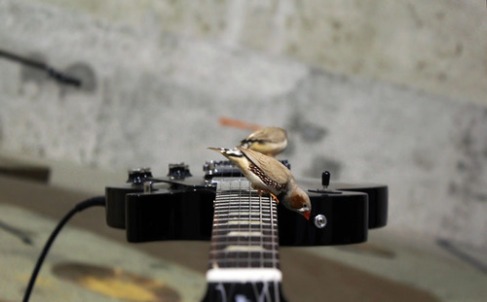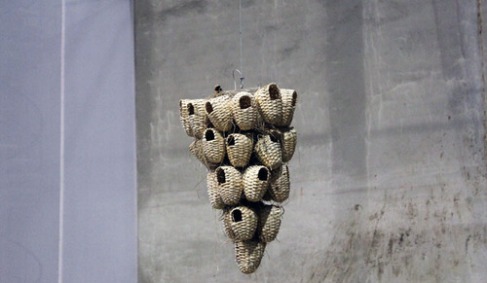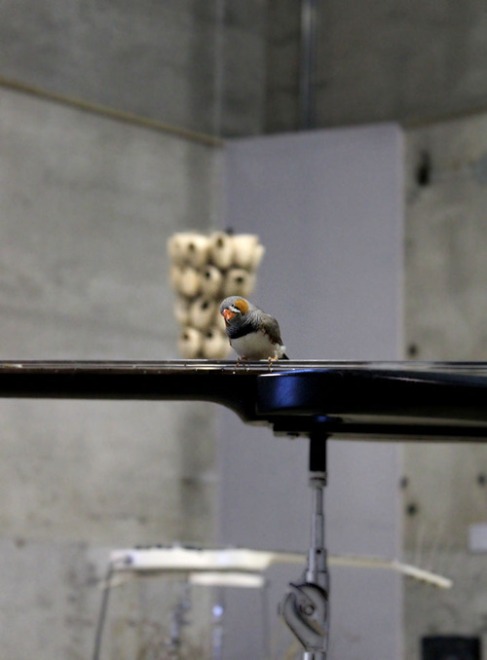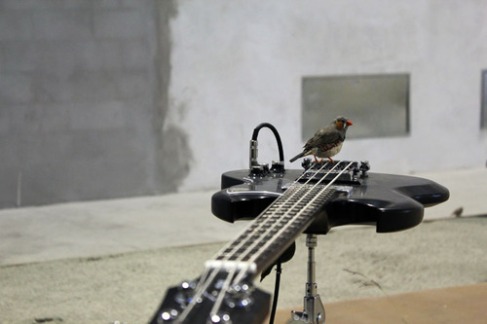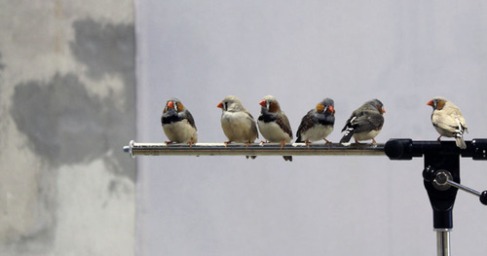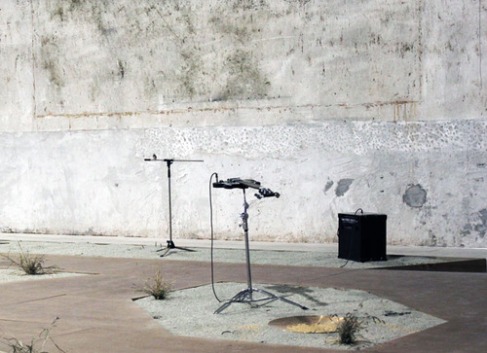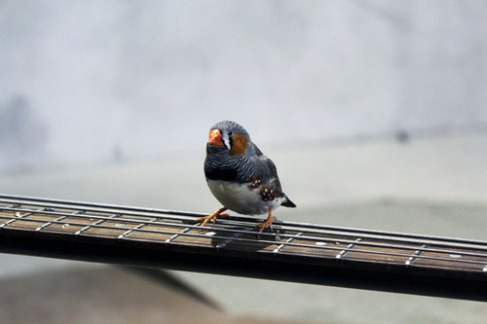With how vast the world wide web is, information can be spread quickly and easily to anyone in the world. Because of this commodity, many artist have taken advantage of this information processing to help advocate their works and make a name for themselves. The only problem with all this free information being so easily accessible and the internet being so big is that its just as easy for anyone to steal information. One’s own art is no exception.
Art theft is very much a reality as anything posted online is vulnerable for anyone to grab and be edited or made into merchandise without the original creator’s permission. This is a huge problem since someone else is taking credit for someone else’s work and is being sold for profit. None going to the original creators.
What can be done to prevent your work from being stolen?
The simplest and most common way to prevent art theft is to copy right your works. Although the task may seem daunting, its a lot easier then one might think. As stated in Protect Your work: Copyright Infringement, as soon an art work is created, it is automatically copyrighted under the creator. Even if they aren’t selling the work for profit, it is their property and thus made illegal for anyone else to claim it.
Another anti-theft method is to add water marks on their works. By putting your label on your work in a way a thief can’t edit out, it prevents the thief from being able to get away with stealing their work. This method alone maybe effective for some, but the draw back of water marks is that it can damper the visual impact of your work. As said in another ArtBistro article, This is especially relevant to those who have to present their work to not just viewers, but also potential clients. First impressions are important and if that fails, you deter people away from your work.
If watermarking isn’t doing the trick then another way is to try build up your presence online. Sounds self explanatory I know. Although gaining popularity does mean that its more likely for you to be targeted by art thieves, being well know also means you will have loyal fans who will report to you about your work being used inappropriately. When you track down and try to stop the thief, your fans will also have your back.
Even with all these precautions, Art theft will always exist if there are still those that create new ideas. What we can do is be vigilant and keep an eye out for any potential thief looking to make a quick buck on your or anyone else’s ideas.

